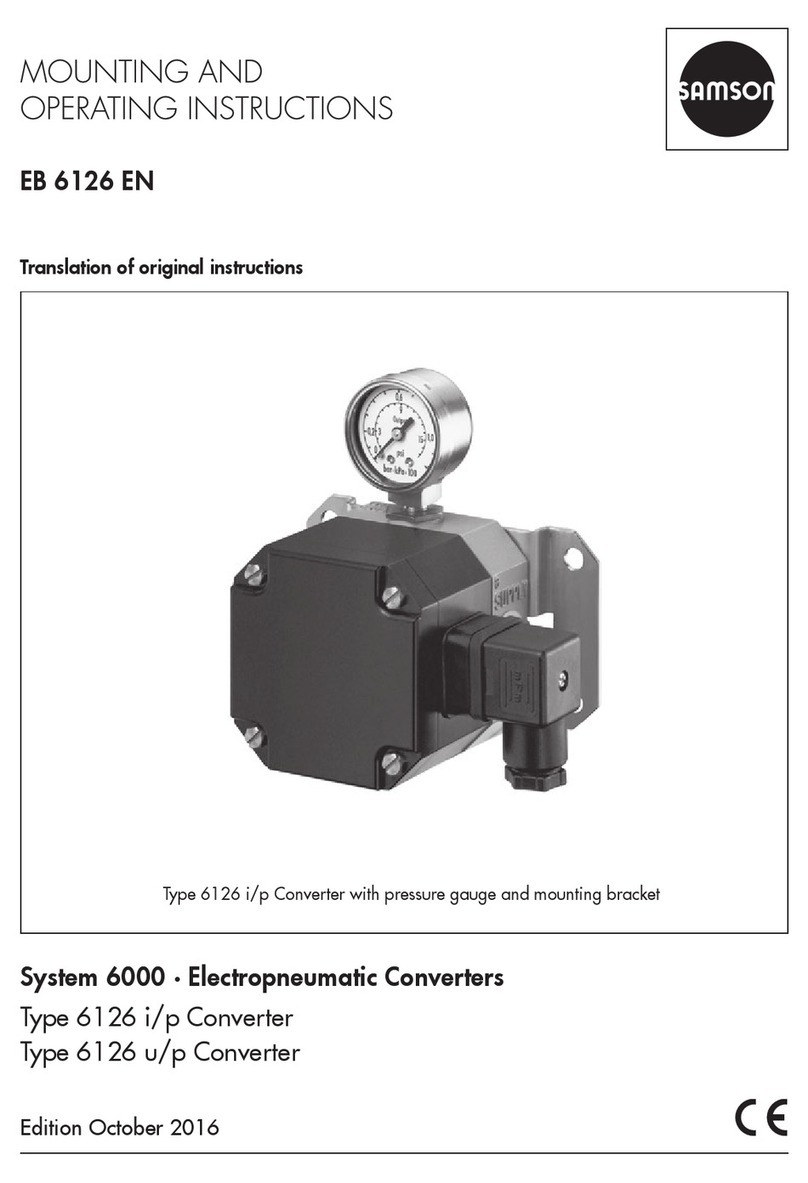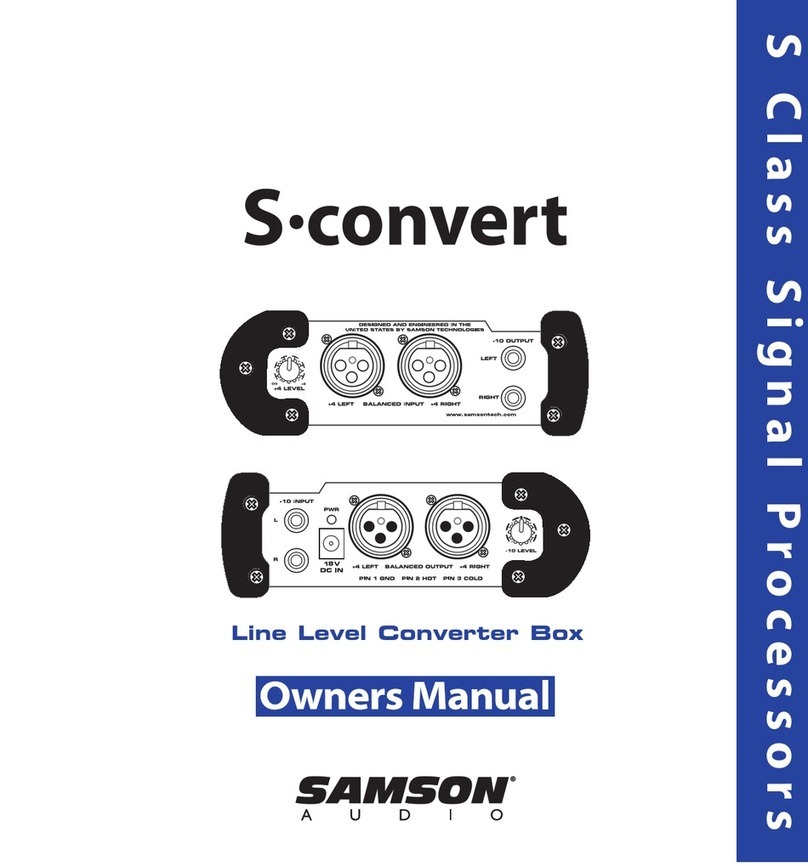
Contents
EB 6126 EN
1 Safety instructions and measures ................................................................1-1
1.1 Notes on possible personal injury ................................................................1-3
1.2 Notes on possible property damage .............................................................1-4
2 Marking on the device................................................................................2-1
2.1 Nameplate .................................................................................................2-1
2.2 Article code ................................................................................................2-2
3 Design and principle of operation ...............................................................3-1
3.1 Technical data ............................................................................................3-3
4 Shipment and on-site transport ...................................................................4-1
4.1 Accepting the delivered goods .....................................................................4-1
4.2 Remove the packaging from the converter. ....................................................4-1
4.3 Transporting the converter ...........................................................................4-1
4.4 Storing the converter ...................................................................................4-1
5 Installation.................................................................................................5-1
5.1 Installation conditions ..................................................................................5-1
5.2 Preparation for installation ...........................................................................5-1
5.3 Mounting the converter ................................................................................5-2
5.4 Mounting accessories ..................................................................................5-4
6 Connections ...............................................................................................6-1
6.1 Establishing pneumatic connections ..............................................................6-1
6.2 Establishing electrical connections ................................................................6-1
7 Start-up .....................................................................................................7-1
7.1 Tuning zero and span ..................................................................................7-1
8 Operation..................................................................................................8-1
9 Malfunctions ..............................................................................................9-1
9.1 Troubleshooting ..........................................................................................9-1
9.2 Emergency action .......................................................................................9-2
10 Servicing..................................................................................................10-1
10.1 Periodic testing .........................................................................................10-1
11 Decommissioning .....................................................................................11-1
12 Removal ..................................................................................................12-1
13 Repairs ....................................................................................................13-1
13.1 Returning devices to SAMSON ..................................................................13-1





































